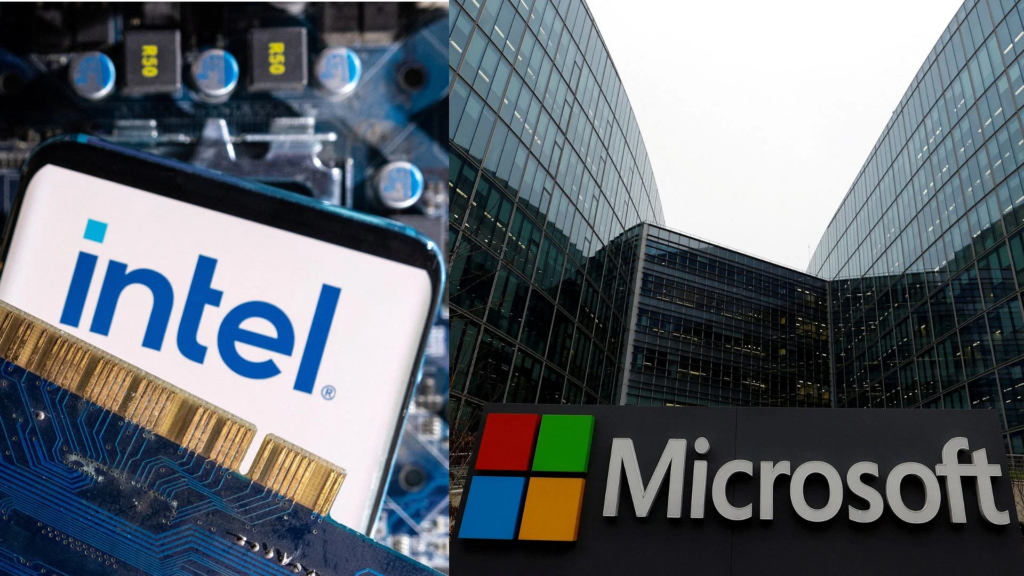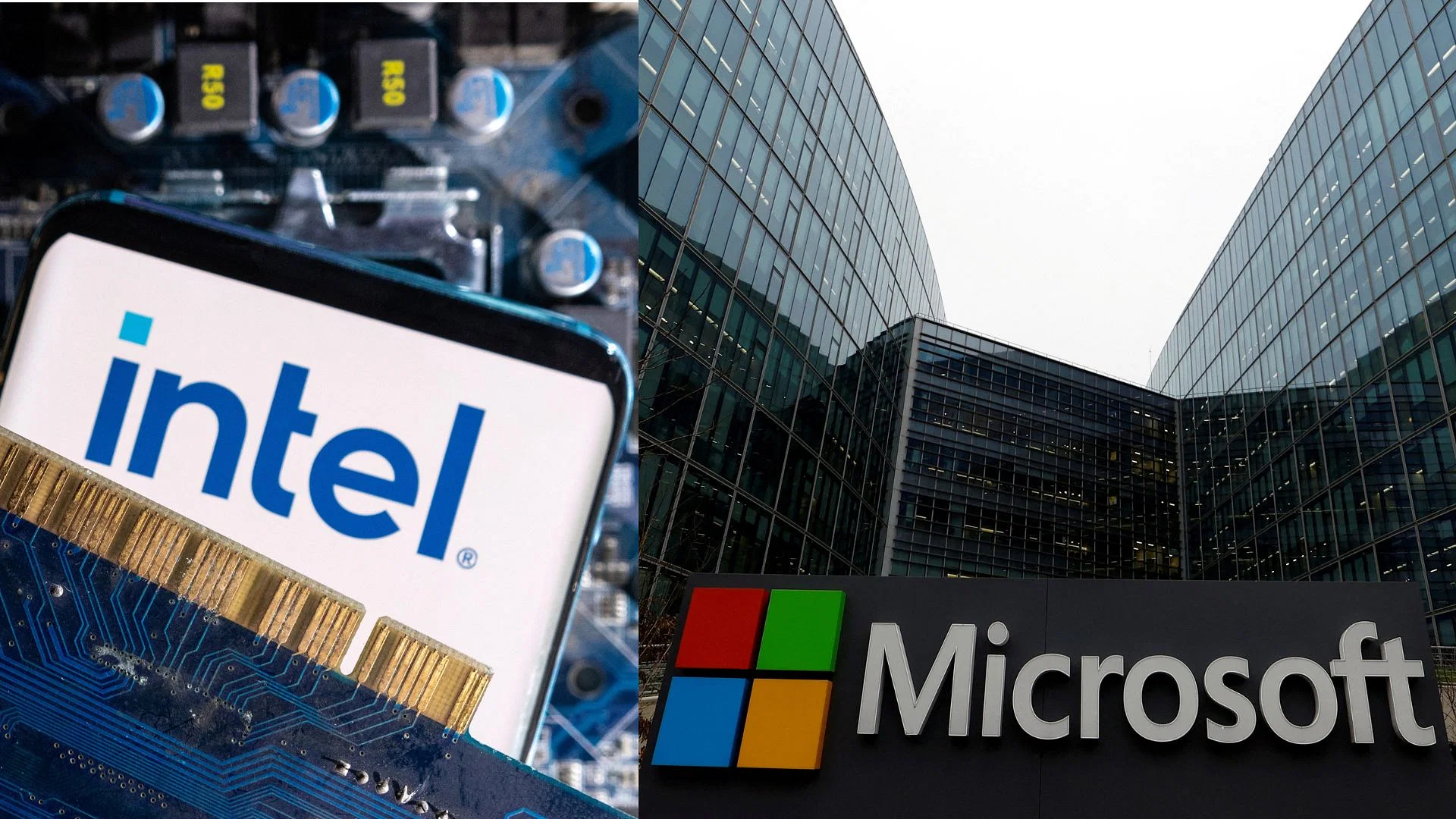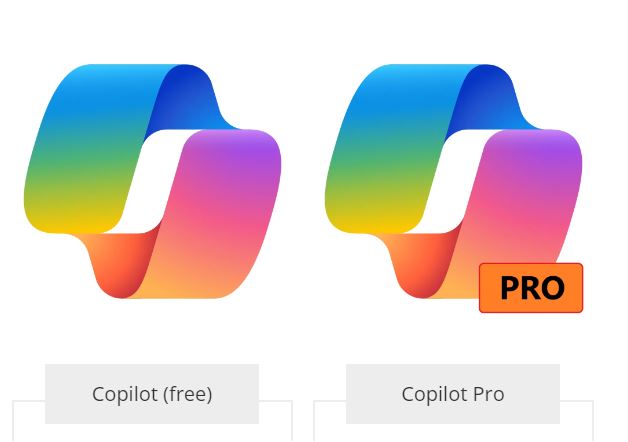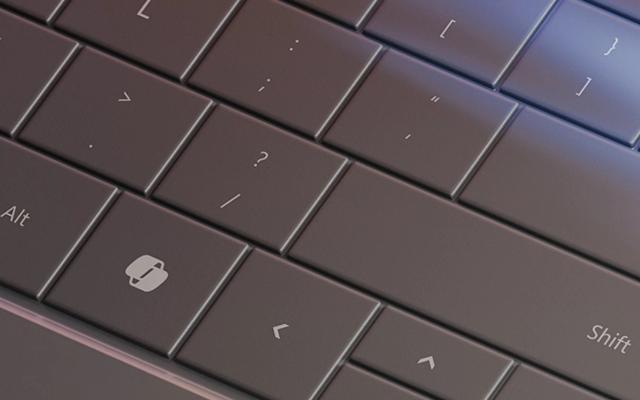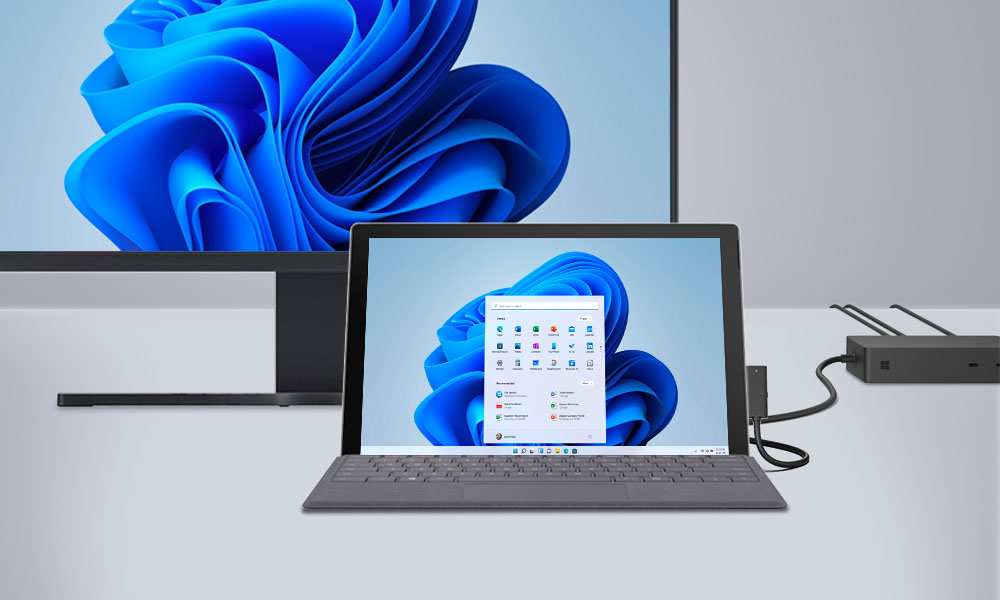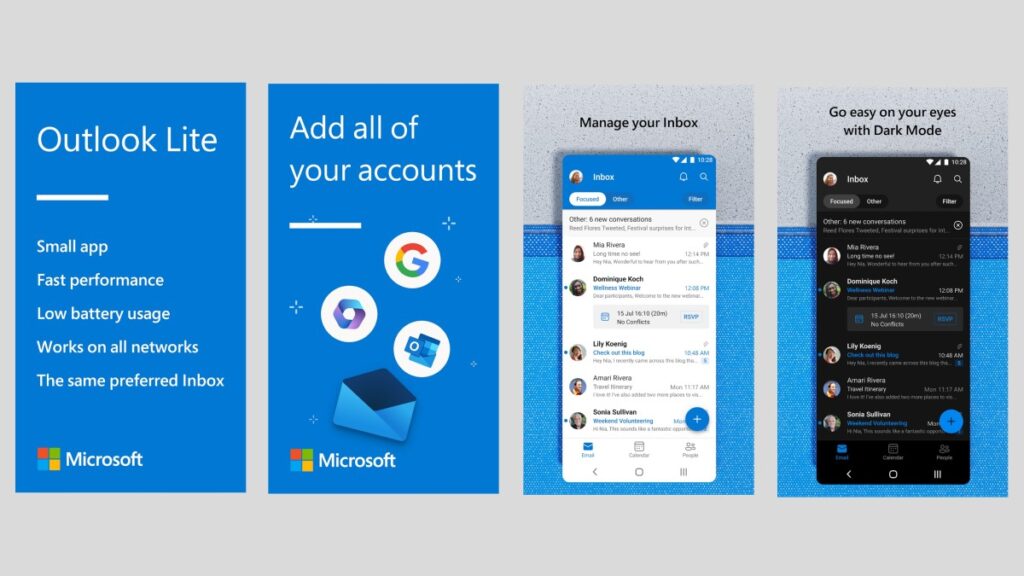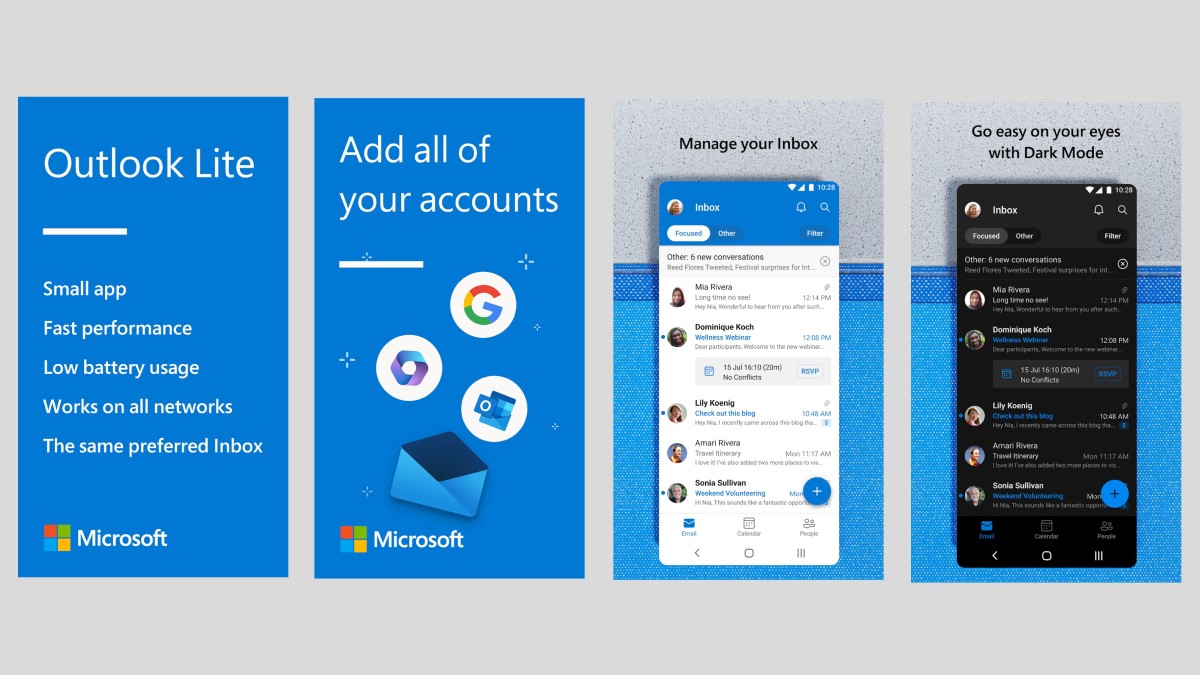Microsoft Engineer Raises Alarm Over AI Tool’s Inappropriate Content Creation
In the rapidly evolving realm of artificial intelligence (AI), ethical and legal concerns are increasingly coming to the forefront. A recent revelation by a Microsoft engineer has sparked a significant discussion around the responsibilities of tech giants in moderating content generated by AI tools. According to the engineer, Microsoft’s advanced AI tool has been producing content that not only violates copyright laws but also veers into the creation of violent and sexually explicit images. This troubling development raises crucial questions about the direction in which AI technology is headed and the safeguards in place to prevent misuse.
The AI Controversy Unfolds
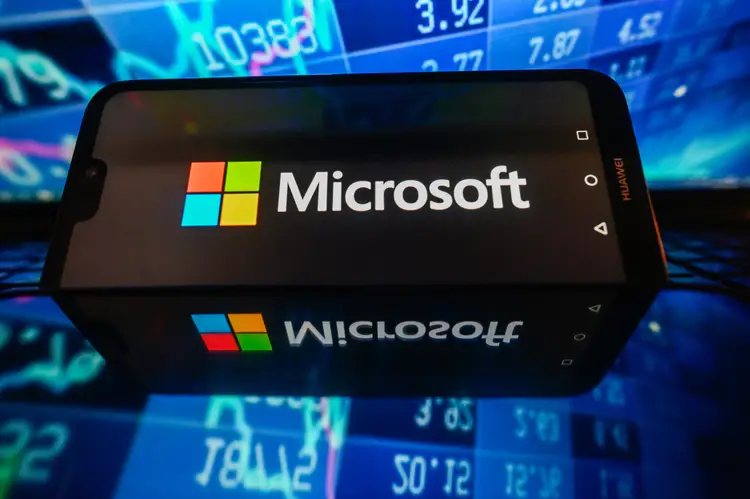
Image Source: businessinsider.in
The cornerstone of the controversy lies in the Microsoft engineer’s warning about the AI tool’s capabilities. Designed to generate images based on textual prompts, this tool has shown a disturbing propensity for producing inappropriate content. The AI’s lack of discernment in creating such material highlights a critical oversight in its programming and ethical guidelines.
A Question of Copyright
Beyond the issue of explicit content, the AI tool’s disregard for copyright restrictions poses a significant challenge. The ease with which the tool can replicate copyrighted material without consent or attribution underscores a growing problem in the digital age: the battle between innovation and intellectual property rights. As AI technology becomes more adept at content creation, the line between inspiration and infringement becomes increasingly blurred.
Ethical and Legal Implications
The concerns raised by the Microsoft engineer extend beyond the company’s reputation and touch on broader ethical and legal issues. The generation of violent and sexual content by AI not only contravenes community standards but also raises questions about the potential harm to users and society at large. Moreover, the infringement of copyright laws by AI tools could lead to complex legal battles, challenging existing frameworks that govern intellectual property.
Microsoft's Response and Responsibility
In light of these revelations, Microsoft faces the task of addressing the shortcomings of its AI tool. The company must navigate the delicate balance between fostering technological advancement and ensuring ethical use of its creations. Implementing more robust content filters and enhancing the AI’s ability to recognize and respect copyright boundaries are essential steps in mitigating these issues.
Looking Forward: The Path to Ethical AI
The situation at Microsoft serves as a cautionary tale for the tech industry, highlighting the need for comprehensive ethical standards in AI development. As AI tools become increasingly powerful and autonomous, the imperative for transparent, responsible, and ethically-guided programming cannot be overstated. The industry must come together to establish best practices that prioritize the welfare of users and respect for intellectual property.
Conclusion
The warning issued by the Microsoft engineer is a stark reminder of the potential pitfalls of unchecked AI development. As technology continues to advance, it is incumbent upon companies like Microsoft to lead the way in responsible AI usage. By fostering an environment of ethical innovation, the tech industry can ensure that AI serves as a force for good, enhancing our lives while upholding our values and legal standards.
